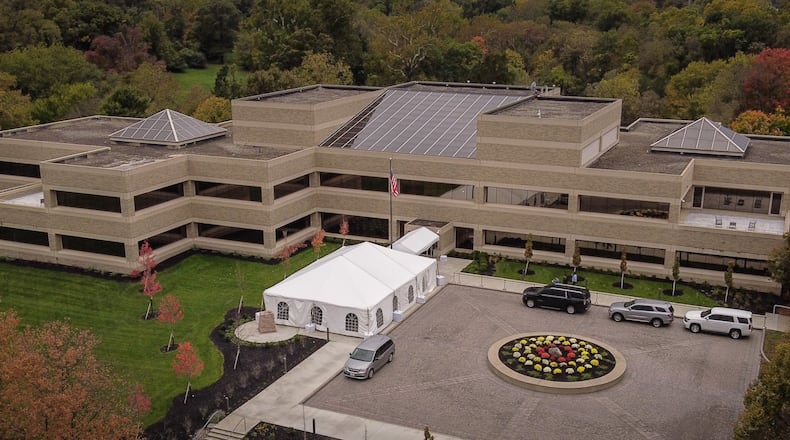If approved by the Public Utilities Commission of Ohio, the settlement lets AES Ohio invest $240 million over the next four years.
“In Smart Grid 1, we successfully deployed smart meters and reclosers, equipment to automatically restore power,” Tom Raga, AES Ohio president, said in a statement. “Our customers are already benefiting from fewer outages and decreased restoration times.”
AES Ohio has touted smart grids as a tool to help the electric utility respond to outages, minimizing blackouts.
One purpose behind the technology: pinpoint where power restoration needs to happen.
“AES is putting the cart before the horse,” Maureen Willis, agency director of the Office of the Ohio Consumers’ Counsel, said Friday. “Its smart grid phase 1 has yet to be fully assessed, but now it is asking for smart grid phase 2 funding from consumers. It’s too soon to go there, especially as AES consumers have experienced reliability issues.”
The Counsel’s Office is reviewing the final settlement and expects to contest it, a spokesman said Friday.
In 2022, U.S. residential electric customers used an average of about 899 kWh per month.
AES Ohio said it also proposes to expand its “Disadvantaged Communities Energy Initiative,” which today provides $2.7 million a year for low-income customers in qualified communities.
Residential customers who have AES Ohio as their supplier are “standard service offer” customers. If you have another electric service supplier, that category doesn’t apply to you.
Dayton Power & Light, or DP&L, was rebranded as AES Ohio in early 2021.
AES Ohio serves more than 527,000 customer accounts, representing 1.25 million people in West Central Ohio.
About the Author


